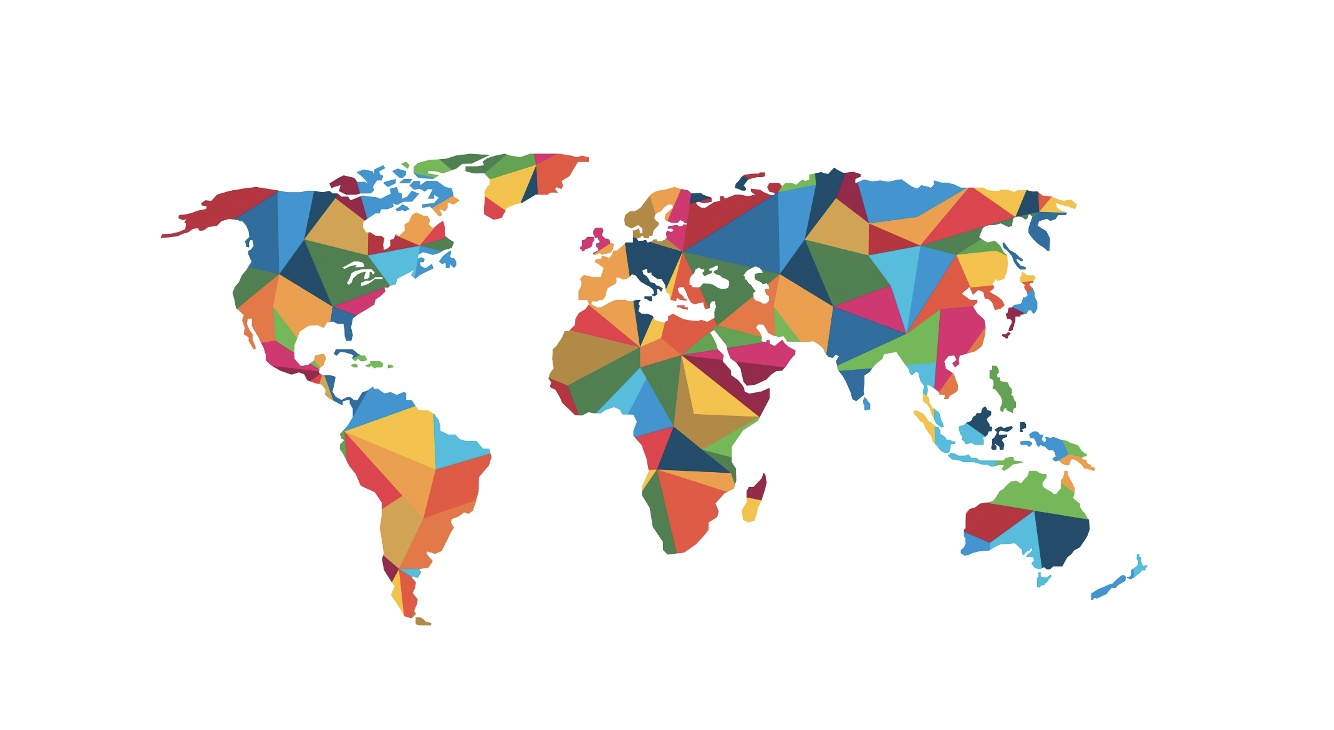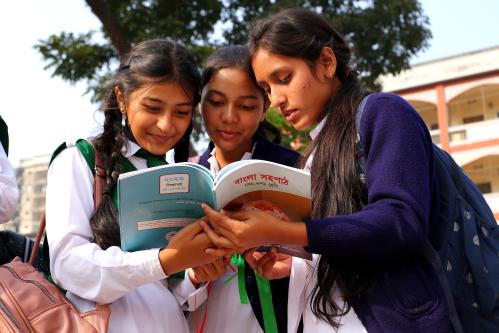This September, world leaders will gather at the United Nations to mark the Sustainable Development Goal (SDG) midpoint, between their 2015 launch and 2030 deadline.
Despite an array of success stories and growing range of constituencies engaging on the SDGs, empirical assessments draw attention to widespread shortfalls. The bottom line is that the world has not been doing enough things differently enough to be on course for SDG success.
At the Brookings Center for Sustainable Development (CSD), we confront such findings with both clear-eyed rigor and determination.
This short compendium captures a cross-section of SDG-focused insights and recommendations from CSD-affiliated scholars. A dozen brief essays describe something with the potential to be done differently during the second half of the SDG era.
Overview
The 'Second Half' of the Sustainable Development Goal era: Ideas for doing things differently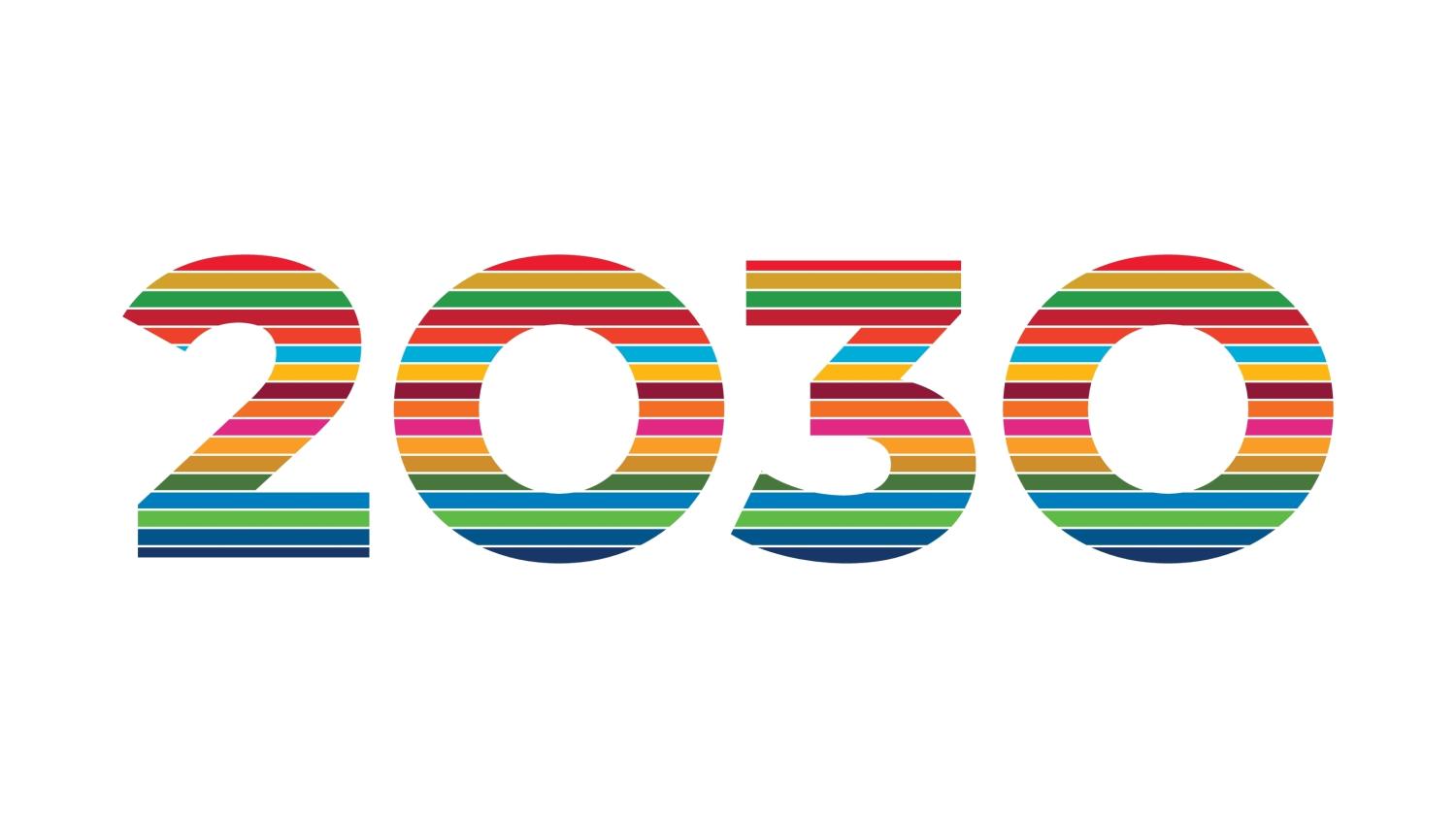
Authors: John W. McArthur
While more and more communities are engaging with and finding success with the SDGs, there remain widespread shortfalls. John W. McArthur introduces this collection of insights intended to spark bigger, broader, and bolder public debates about how to do better during the second half of the SDG era.
Hey journalists, we have a story for you
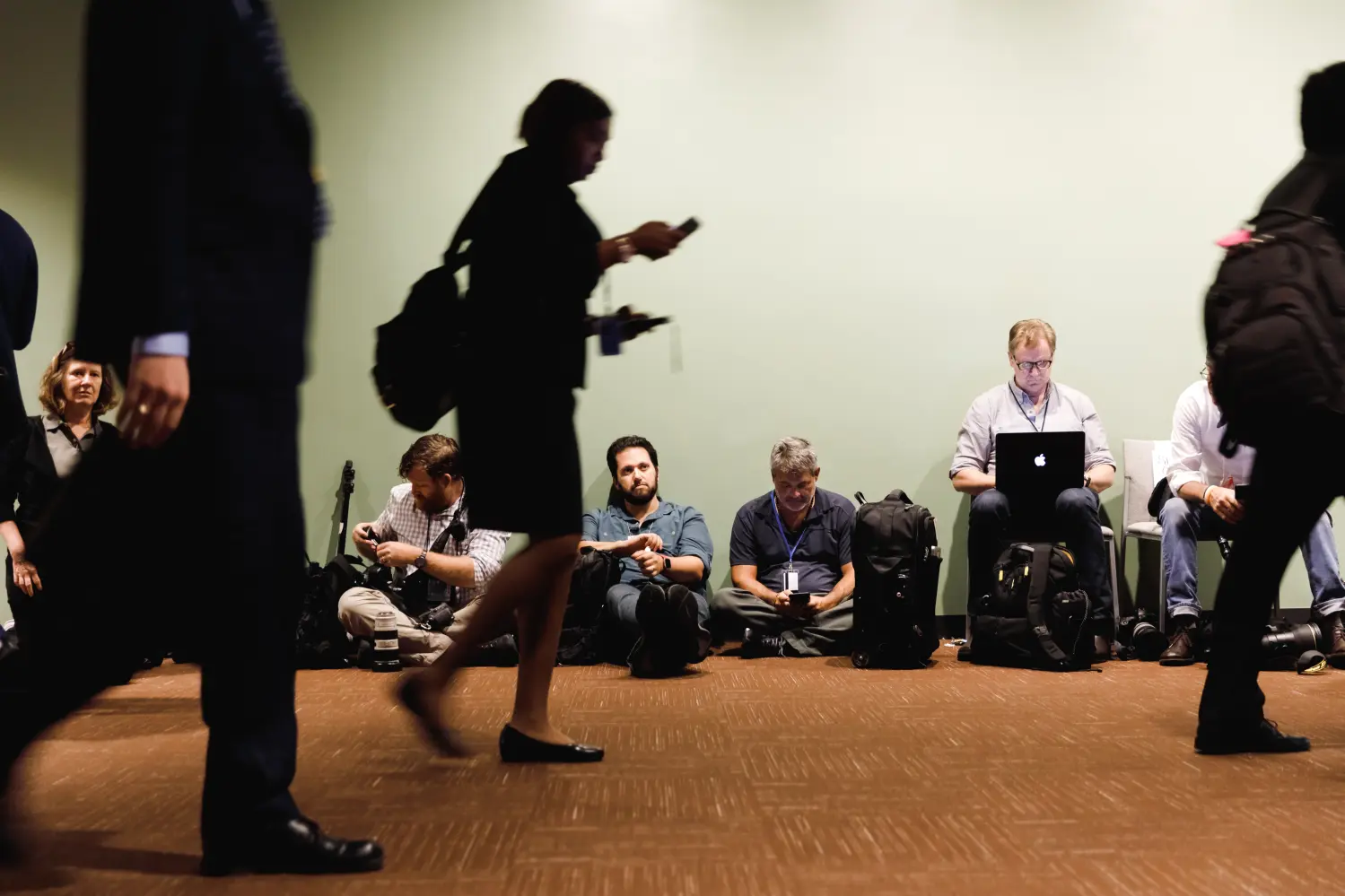
Authors: Matthew Bishop
Journalists worldwide seem to have collectively concluded early on that the SDGs are just “boring U.N. stuff.” But there is now a real story to report on, with real CEOs and investors wanting to talk about the profits, opportunities, and risks on the road to 2030. Matthew Bishop calls for a more engaged media to raise general awareness on the need for the SDGs and how to get the job done.
Caring about care
An SDG-5 priority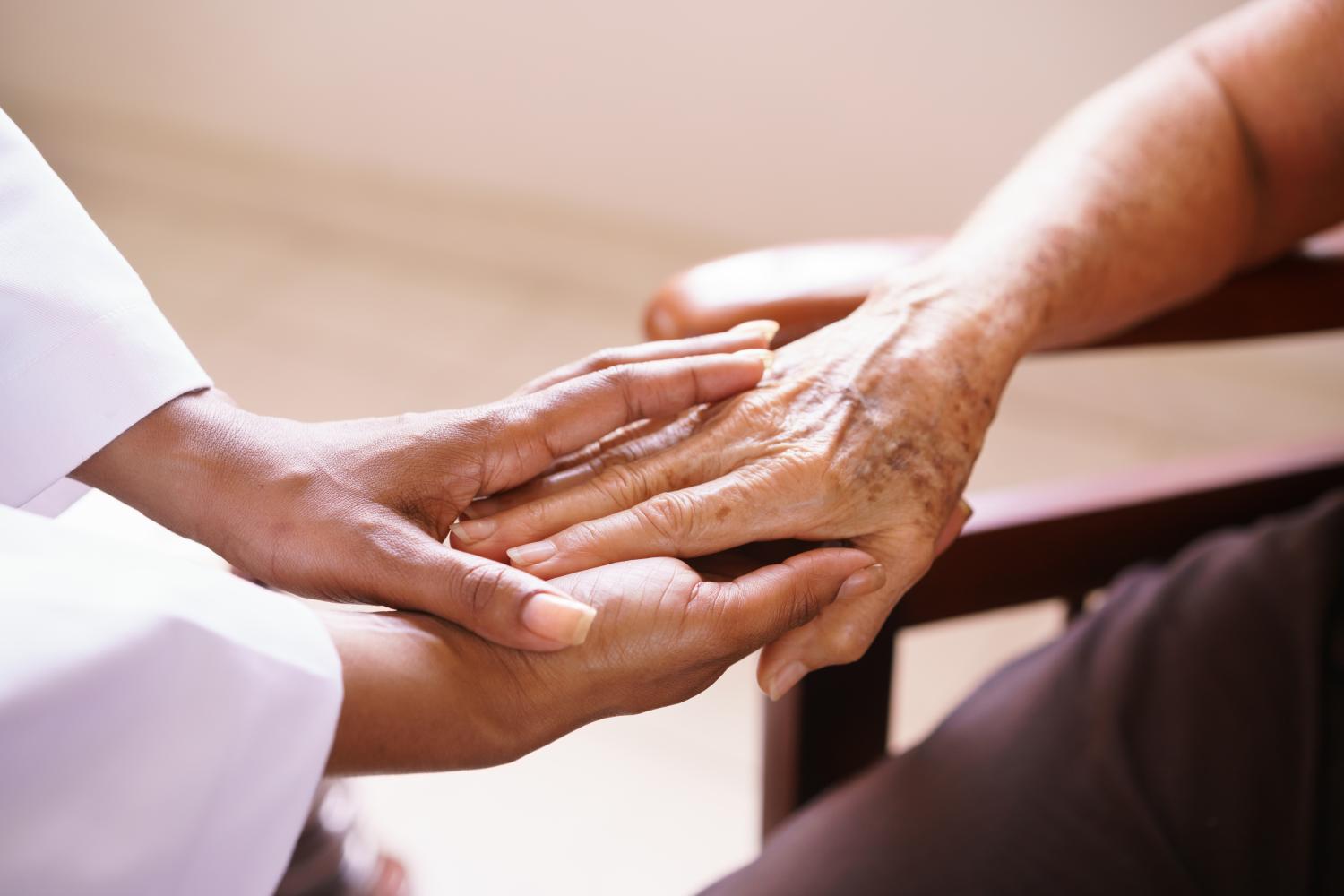
Authors: Caren Grown
While there have been advances on many aspects of SDG 5 (gender equality and women’s empowerment), the U.N. estimates that at the current rate it will take nearly 300 years to meet all targets. To accelerate progress, a focus on unpaid care and domestic work should be a high priority, Caren Grown argues.
Participatory policymaking to transform education systems and meet SDG 4

Authors: Rebecca Winthrop
Still reeling from the COVID-19 pandemic, education systems around the globe are facing a myriad of challenges. Rebecca Winthrop explores how a participatory approach to addressing deep gaps in education equity and relevance can yield sustained commitment on SDG 4.
The need for more risk-taking: SDG implementation in fragile states
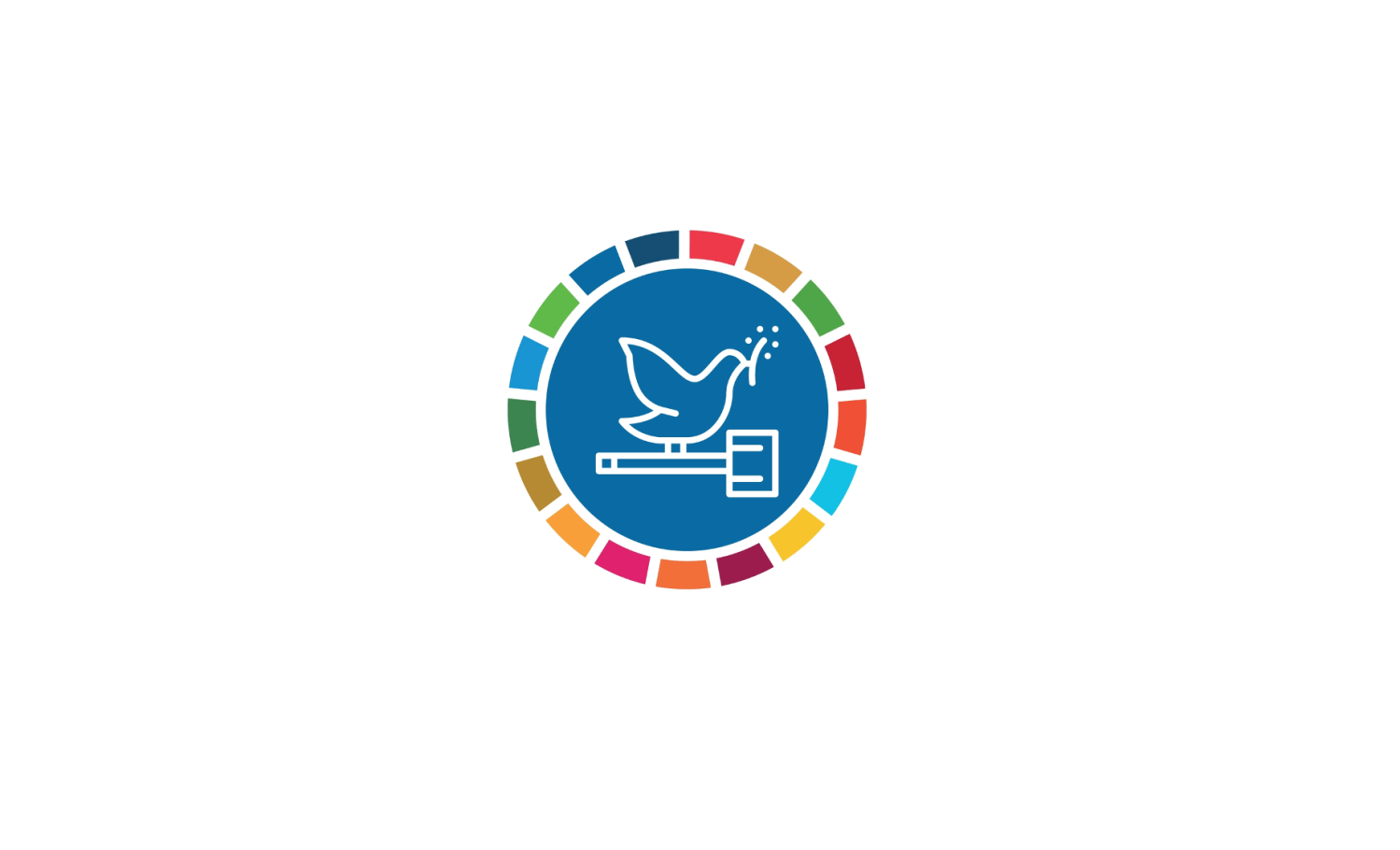
Authors: Naheed Sarabi
Progress toward the SDGs has been either stagnating or declining in more than half the world’s fragile states. Naheed Sarabi outlines three steps toward the constructive risk-taking needed for SDG implementation in fragile contexts.
A PACT to sustain digital public infrastructure for the SDGs
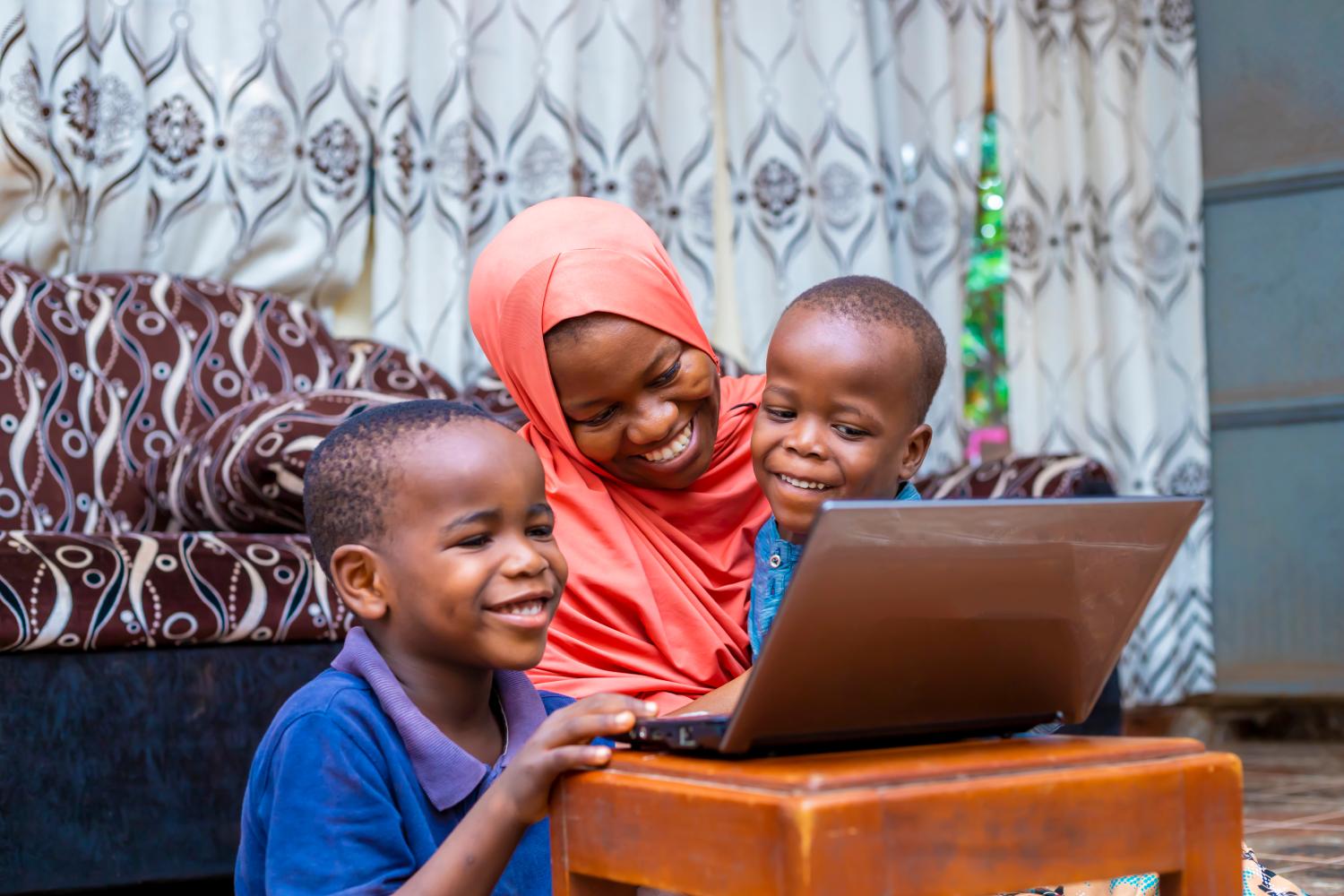
Authors: Priya Vora, George Ingram
Digital technologies can accelerate achievement of the SDGs but only if governments act now to make trusted digital infrastructure universally available. Priya Vora and George Ingram share success stories and argue for increased investment in digital public infrastructure.
Scaling private sector engagement in the SDGs

Authors: Jane Nelson, George Ingram
Private sector investment and innovation are essential to achieving the SDGs. Jane Nelson and George Ingram highlight three areas for collective action on corporate accountability, innovation acceleration, and policy advocacy for the SDGs.
Paradigm shift
Creating more just societies with the SDGs, human rights, and innovations in higher education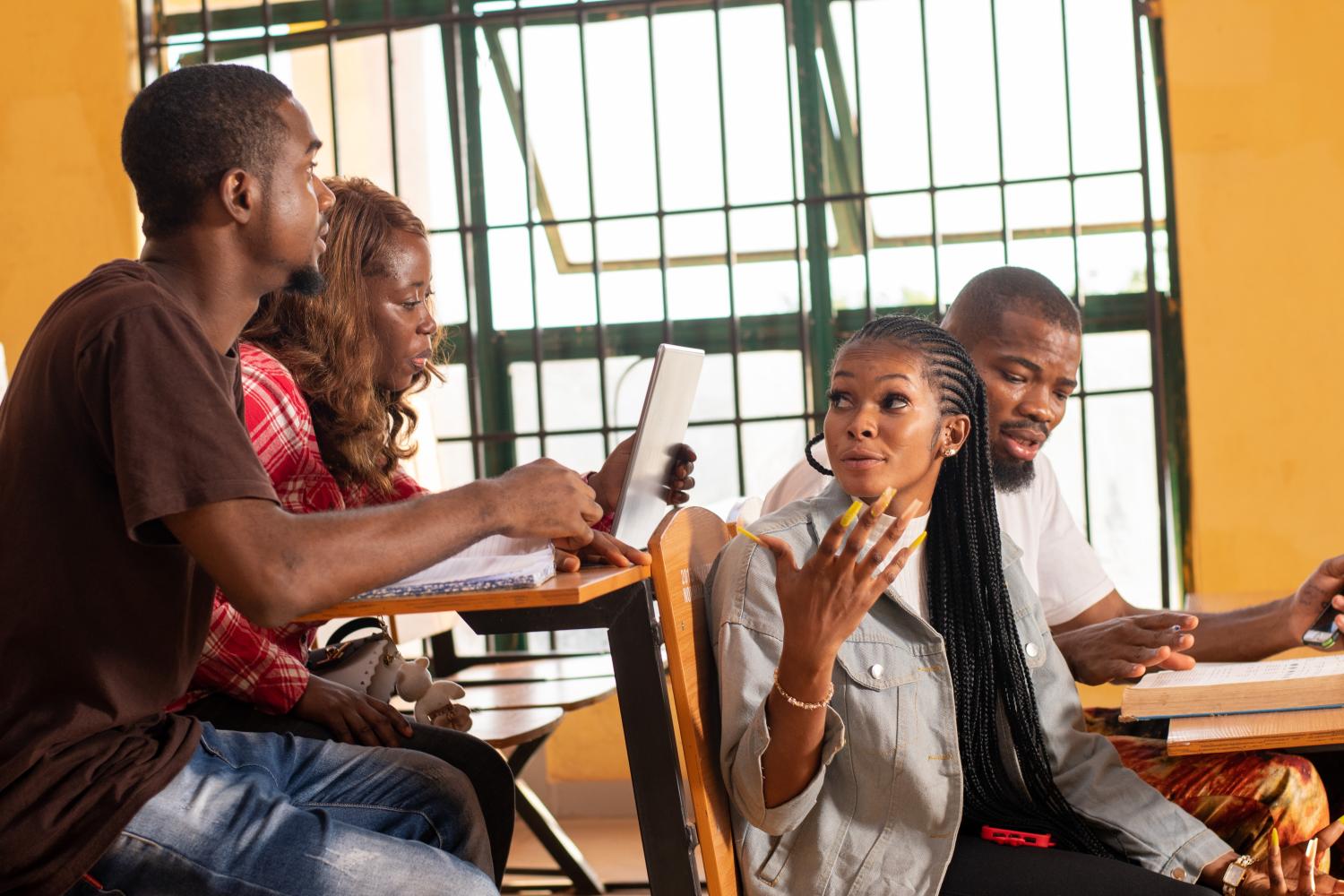
Authors: Sarah E. Mendelson
A large share of the human rights community does not yet embrace—let alone know about—the SDGs. Sarah E. Mendelson argues for universities to play a critical role in generating a refreshed approach to human rights that includes SDG literacy.
How to make MDBs fit for purpose to support SDG implementation
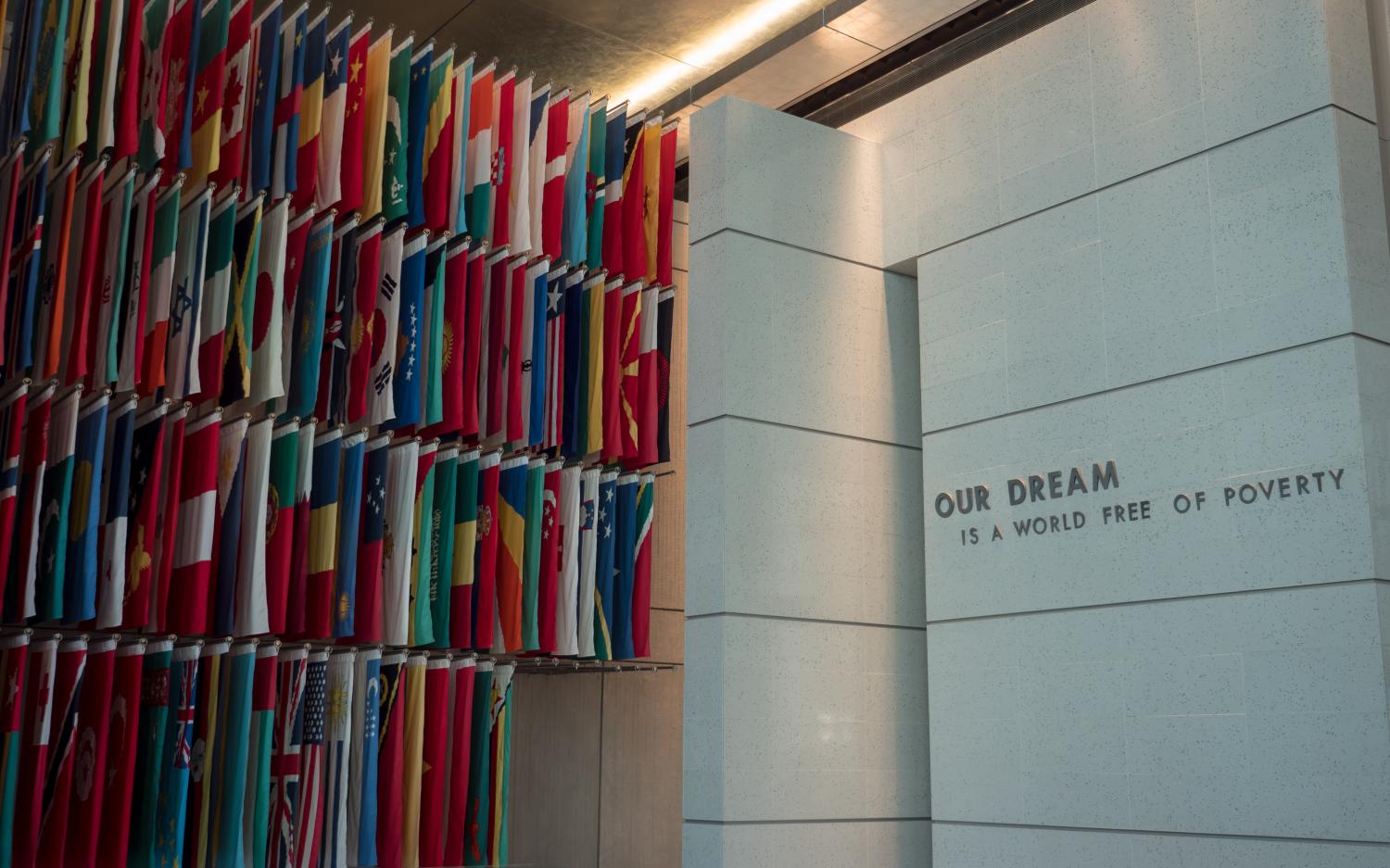
Authors: Amar Bhattacharya, Homi Kharas
With shareholders asking the World Bank and other multilateral development banks (MDBs) to up their game, Amar Bhattacharya and Homi Kharas outline three elements of MDB reform that would significantly enlarge their contributions to achievement of the SDGs.
A purpose-driven fund to end extreme poverty by 2030
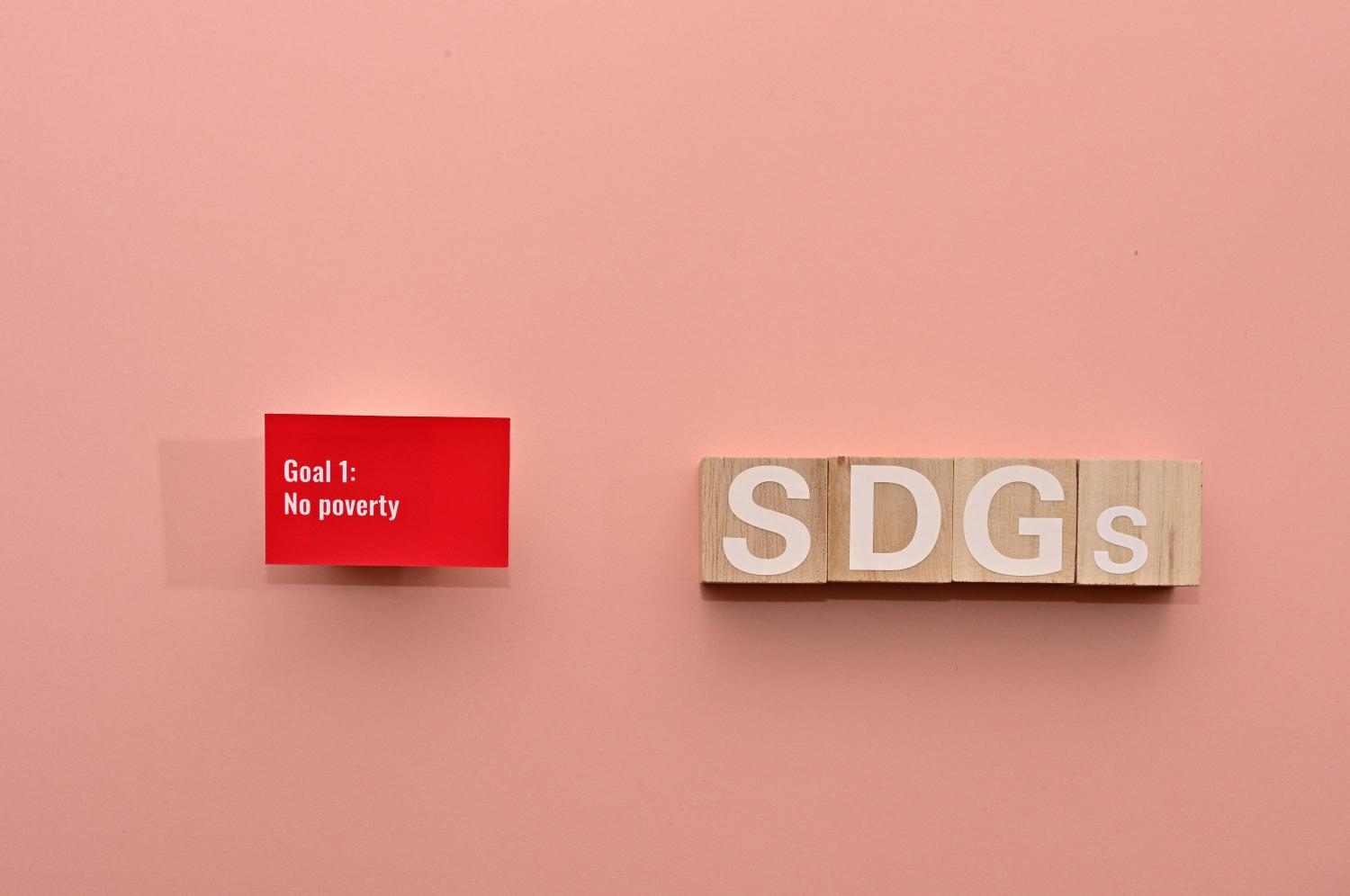
Authors: Homi Kharas, John W. McArthur
Ending extreme poverty by 2030 is first among equals within the SDGs, and recent improvements in technology, policy, and evidence are making the goal increasingly solvable. Homi Kharas and John W. McArthur argue for a purpose-driven fund to end extreme poverty and help renew momentum for the SDGs overall.
Turbocharging Canada’s approach to SDG implementation
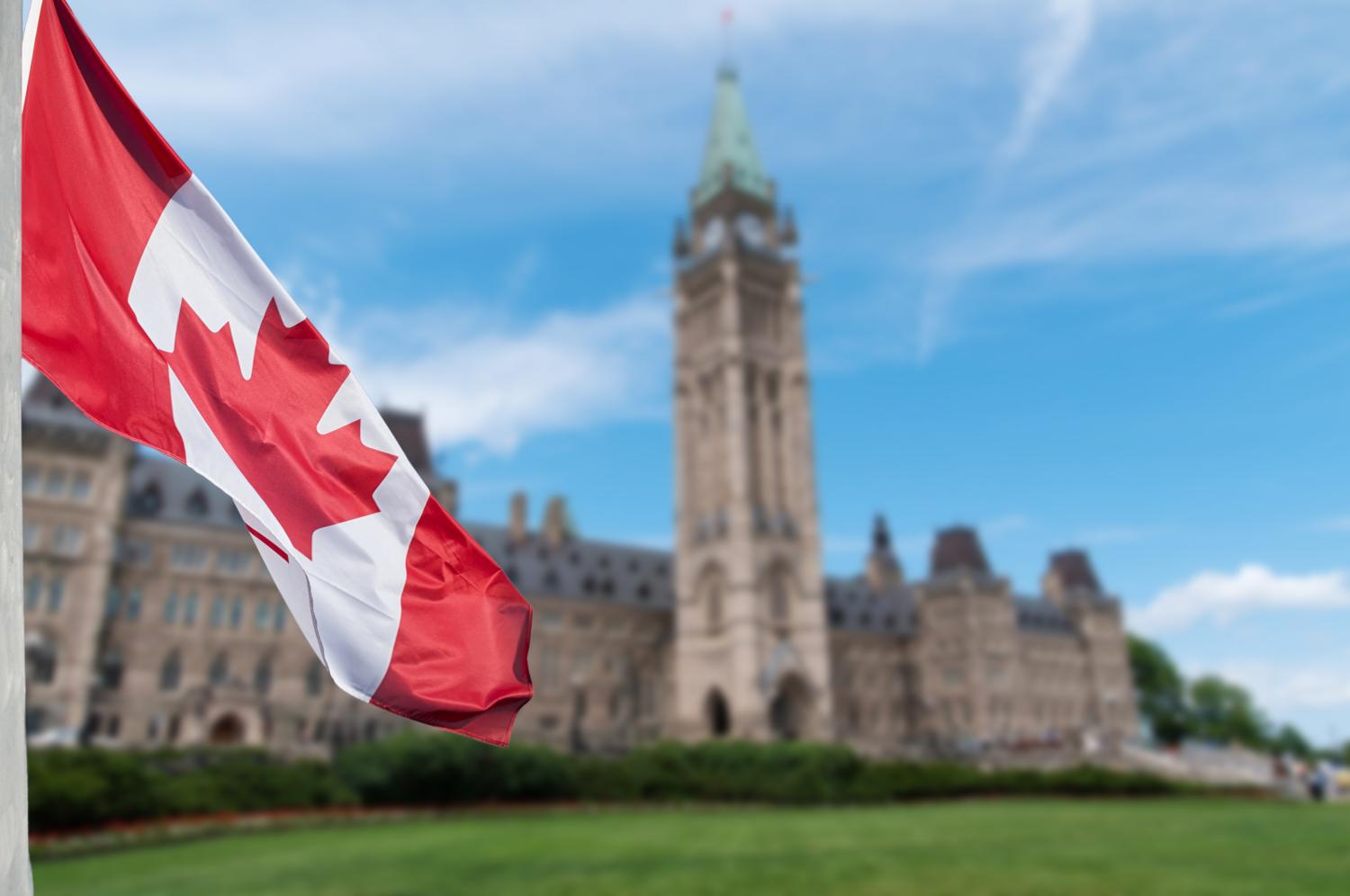
Authors: Margaret Biggs, John W. McArthur
As the world marks the midpoint to the 2030 SDG deadline, the goals remain underleveraged, underpowered, and underreported in Canada. Margaret Biggs and John W. McArthur identify five practical actions the Canadian government could take to empower the societal leadership and collaboration the country needs to make a step change in SDG progress.
How to renew American leadership on the SDGs
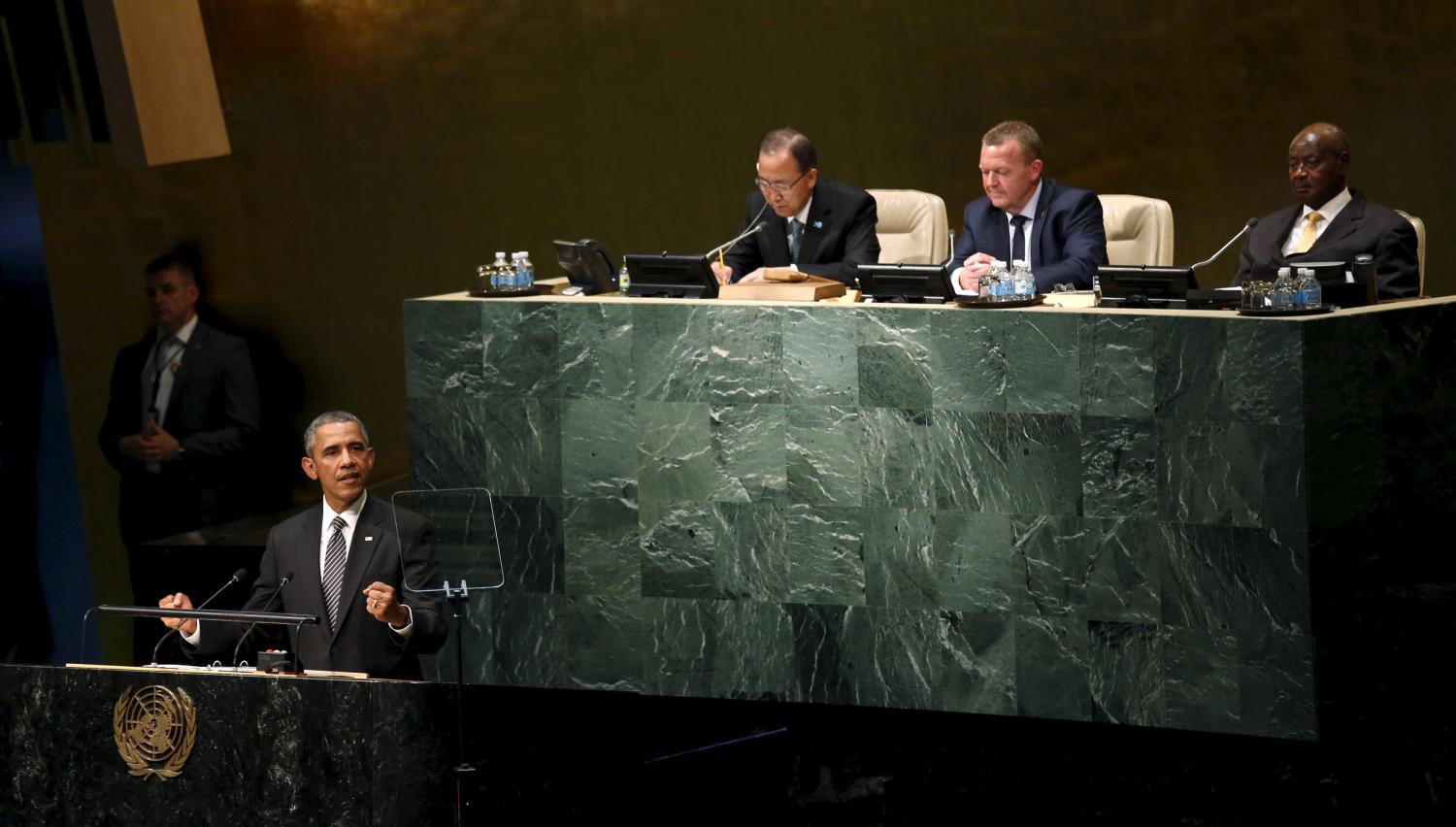
Authors: Sarah E. Mendelson, Anthony F. Pipa
In September 2015, President Barack Obama delivered stirring remarks at the United Nations that unequivocally committed the United States to achieve the SDGs—yet little has happened since. Three major commitments would signal a renewal of American leadership on the SDGs and help drive global action, Sarah E. Mendelson and Tony Pipa argue.
From nudging individuals to stewarding collectives
How collective behavior research can boost collaboration for the SDGs
Authors: Jacob Taylor
Researchers are beginning to draw links between patterns of collective behavior and global-scale environmental, social, and economic processes in real time. Jacob Taylor explores how behavioral science can help researchers, funders, and communities achieve the global-scale collaboration needed in the second half of the SDG era.
